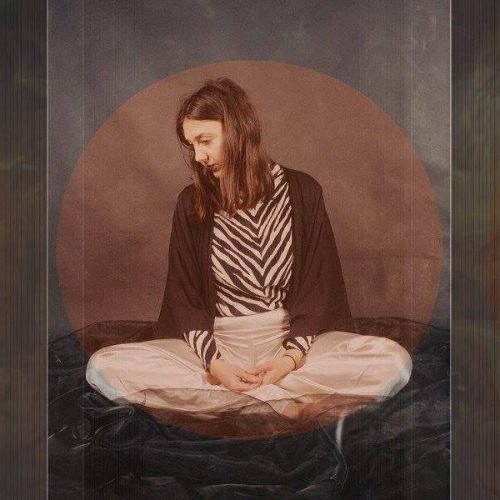Grace Gillespie’s new song is like a watercolor painting. Dreamy and cool-toned, each line blends beautifully together creating a picturesque soundscape that tells mirrored stories.
The London-based singer/producer’s latest track is a folk-pop song with layers upon layers of romantic, hazy accompaniment. Her angelic vocal harmonies drive the verses’ catchy melody, and the ringing guitars propel what could have easily been a static song forward throughout the entire four and a half minute runtime.
Even if you’re not one to typically like the Bon Iver/Birdy soft-spoken stylings of modern folk, you’ll find in “Lady Make Believe” a throwback approach to dream-pop, reminiscent of Imogen Heap and Fiona Apple. The music washes over you in such a forceful stream you swear you can touch it.
Gillespie’s voice is aerodynamic, finding sweet spots in between her breathy technique to deliver deep, emboldened vocals that are as captivating as they are distantly hypnotic.
It gives the tune the feeling of a lullaby. “Lady Make Believe” is a song only she could sing. It’s calming and whispery but purposeful, riding along the unclear waves between desperation and hopefulness. She’s not begging, “don’t leave me!” but convincing and soothing someone into staying. But who?
“I walk heavy in the sunshine
lucid daydream
Turned to your honey said
Baby where on Earth have I been?”
Gillespie has previously said of the song, “It’s often misunderstood as a love-song or breakup song, but I see it as more of a dialogue with myself…” I found this particularly interesting because when I first listened to the song, I was pretty sure it was a romance song. Like, I could have sworn it was a well-written song about the classic “stay with me” theme that’s pretty standard. But hearing Grace’s take on it makes “Lady Make Believe” so much more complex, and for me, more relatable.
“So don’t you leave me for lady make believe
I know it’s not easy but don’t turn to her
when you could turn to me”
Understanding that Grace Gillespie has a different interpretation, I opened up my own. Perhaps the “lady make believe” she sings of is an alternate version of herself—someone she dreams of becoming and is increasingly hard on herself for not actually being—which makes the song so much more painful. If she were singing to a lover, I could understand the other person falling in love with another woman. It sucks, but it’s been known to happen. But for the singer to be asking herself not to give up on herself is so delicate and, in its own dark way, hopeful.
“But I’m on my way
I’m on my way”
Hopefully, those that have felt that kind of self-inflicted distress can find solace in the song’s passionate lyrics.
But for those that don’t, there’s still a song in there for them. “Lady Make Believe” is cleverly written so as to make itself an outline for two distinct kinds of pain to fit into. The song isn’t so vague as to have a ton of possible meanings, but it has taken a stance that positions itself right in the middle of the outer break-up and the inner breakdown. It really does sound like a love song (which most can relate to) as much it sounds like a dialogue (that’s so extraordinary to those that have been there).
And for the people who can relate to all of its layers, to the pain of both lost love and inner conflicts, it means just that much more. The lyrics are adaptable, a factor that I think can be found in most good songs. Songwriting should be both accessible and personal, specific and open to interpretation. I don’t think any artist would ever be upset by a listener finding a second story within their work. It’s exciting.







